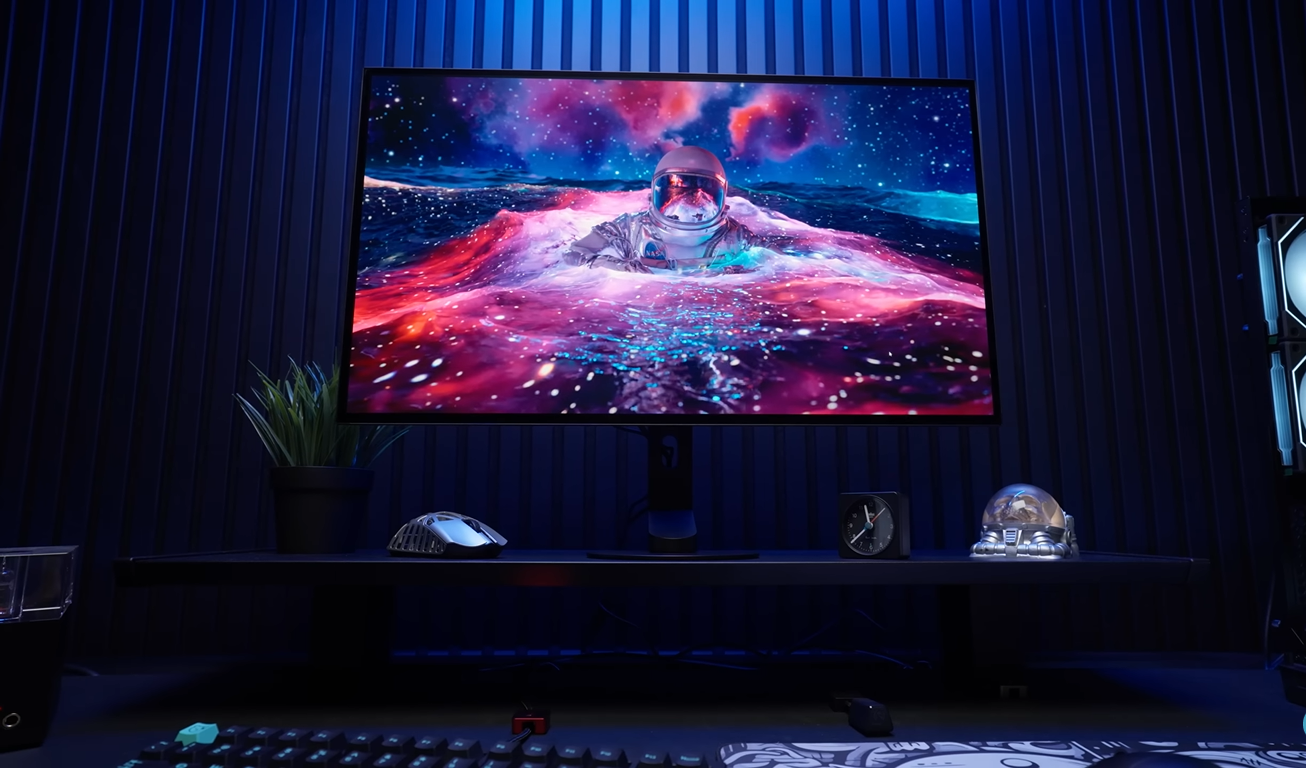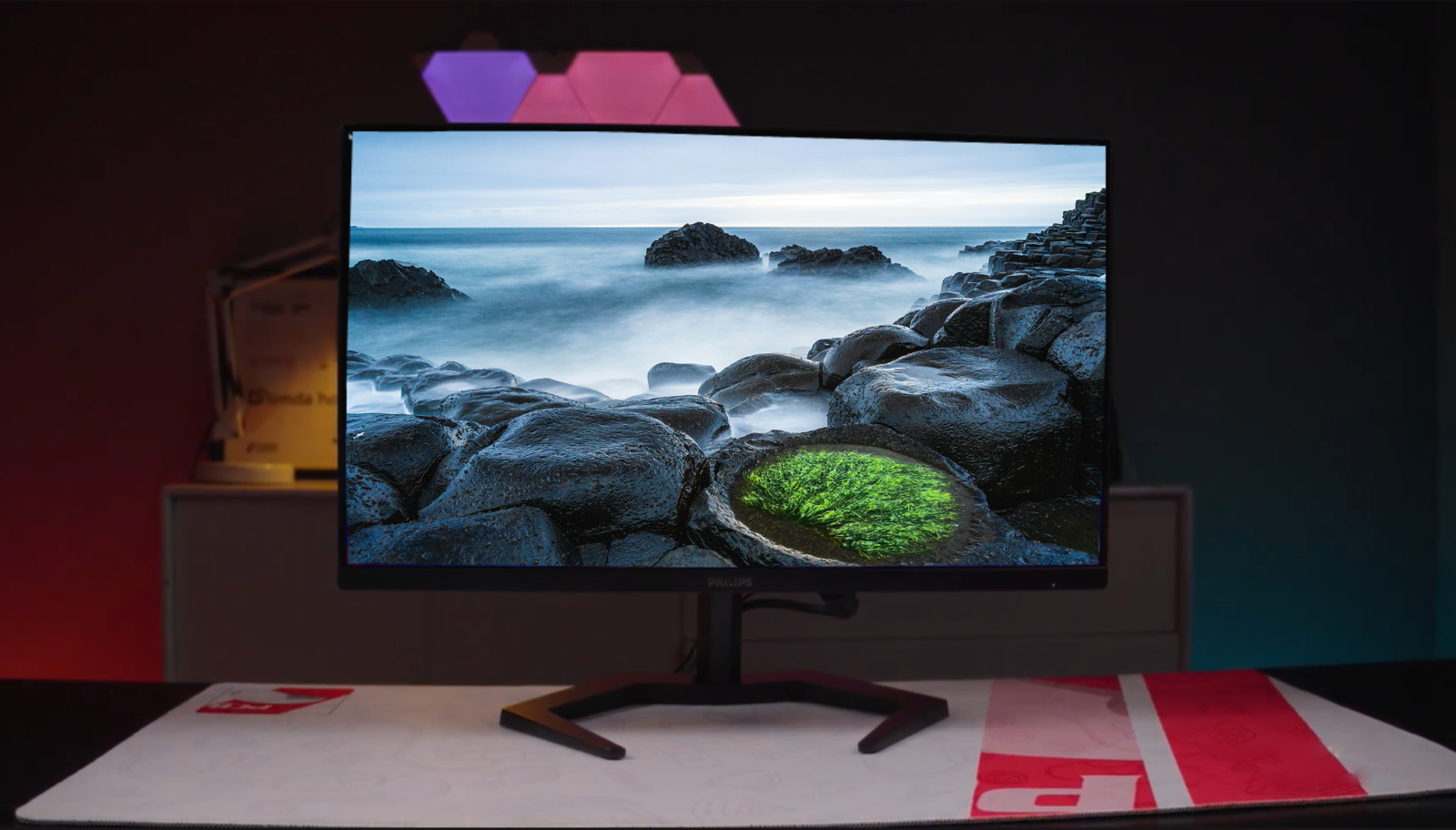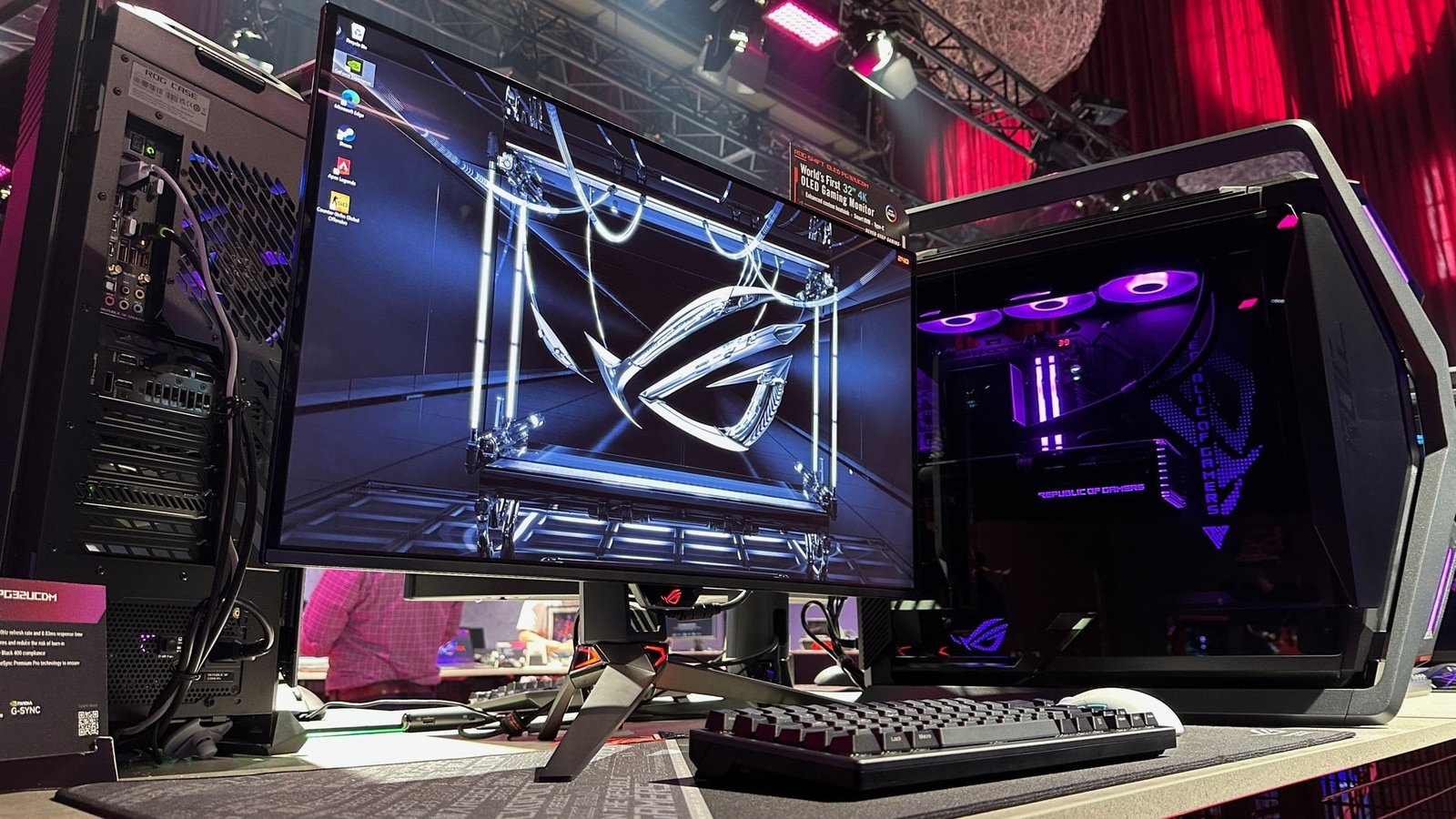Sony has recently launched a new 1440p 480Hz OLED gaming monitor called the INZONE M10S, which stands as a direct competitor to the Asus PG27A QDP. While Sony has made improvements in some areas of its technology, it has lagged in a few key aspects, such as offering a proper warranty and one of its main features – DisplayPort 2.1. This feature is not particularly useful in practice and can sometimes confuse customers, creating a significant issue.
Features and Performance
The Sony INZONE M10S comes with several advanced features that may appeal to gamers. It uses the OLED MLA Plus panel employed by LG, which we have recently seen in various Asus models. The monitor’s design is exceptionally striking, with a thickness of just 4 mm, balanced on a sleek base. Such a small footprint has not been seen in any gaming monitor before. Designed in collaboration with the esports team Fanatic, this monitor feels quite robust and provides users with a unique experience.
However, Sony has left some major issues in this model. The monitor offers only a 1-year limited warranty, which is not adequate by industry standards. In comparison, other OLED monitors typically provide a 3-year warranty, which serves as reassurance for customers.
DisplayPort 2.1: Truth or Confusion?
The advertising for this monitor touts the benefits of DisplayPort 2.1, which may be suitable for future high-bandwidth needs. However, Sony has used a minimal performance tear here, limited to just 40 Gbps. This necessitates the use of DSC (Display Stream Compression) for the 480Hz refresh rate, which hinders the full utilization of the monitor’s capabilities. Consequently, its improper display can confuse customers.
480Hz: Performance vs. Price
While the 480Hz refresh rate is available, it is practically effective in very few games. You may find this refresh rate useful only if you play games like Valorant, Overwatch 2, CS2, or Fortnite. Additionally, a 240Hz monitor can provide nearly the same performance at a significantly lower price, making it an attractive option for customers. This monitor is priced at $1,099.99, whereas a 240Hz OLED monitor can be found for around $400 less.
HDR and Color Performance
The HDR performance of the Sony INZONE M10S is also relatively average. While it claims a peak brightness of 1300 nits in gaming HDR mode, this quickly drops off, and the EOTF tracking is excessively bright. Moreover, there is no adequate brightness in the DisplayHDR True Black 400 mode. Despite the MLA Plus W-OLED technology used by Sony, its performance seems inferior compared to other competing models, which is disappointing for customers.
Conclusion
The best aspect of the Sony INZONE M10S is its design and build quality, but there are several critical feature and performance issues. Despite the technological advancements of the OLED panel, Sony’s monitor falls significantly behind its competitor, Asus. The 480Hz gaming experience is quite precise, but it is only effective for a very limited selection of current games in the gaming market. Furthermore, the warranty and HDR performance issues make Sony’s monitor not advisable at this price point.




